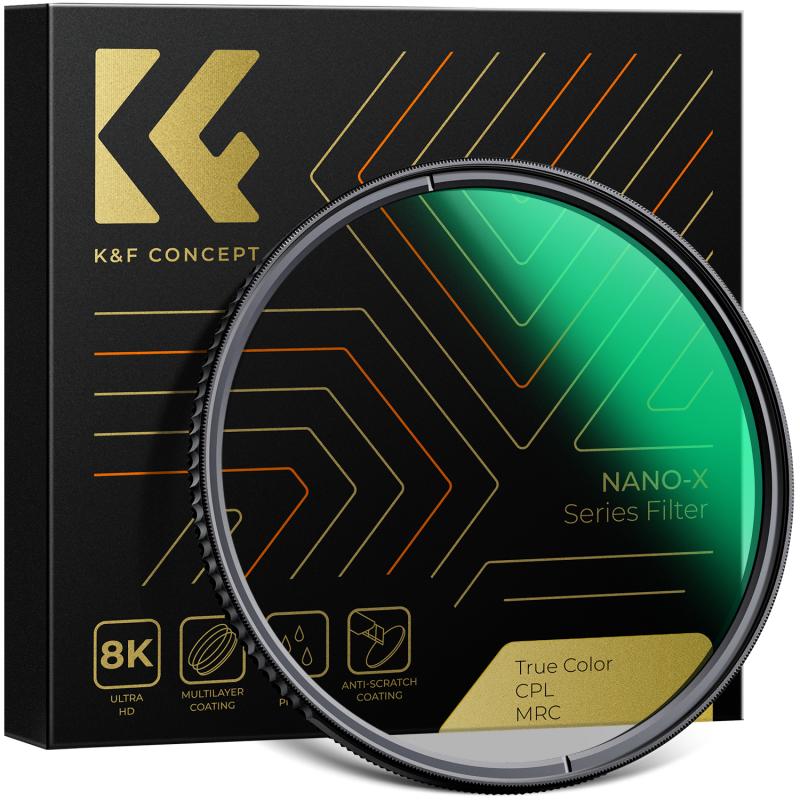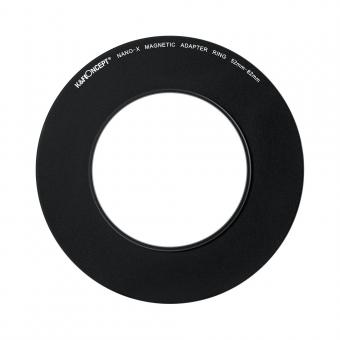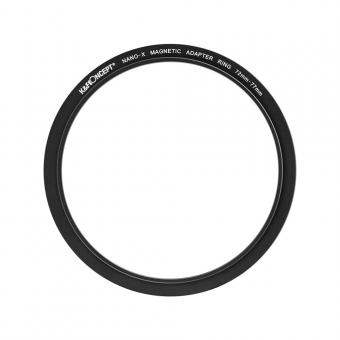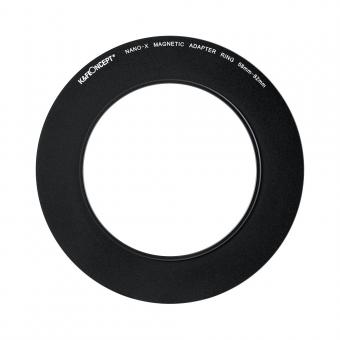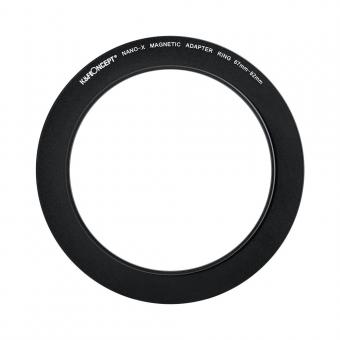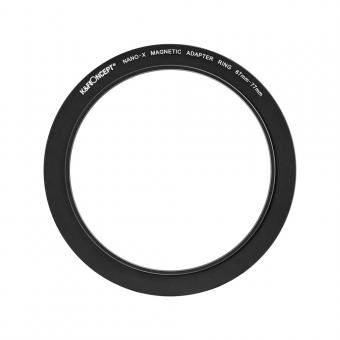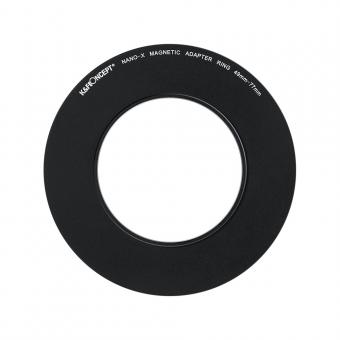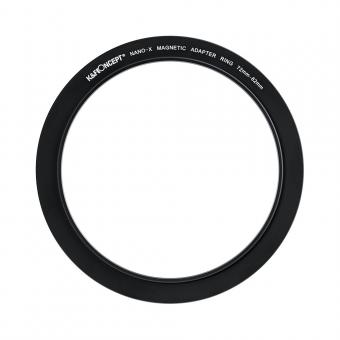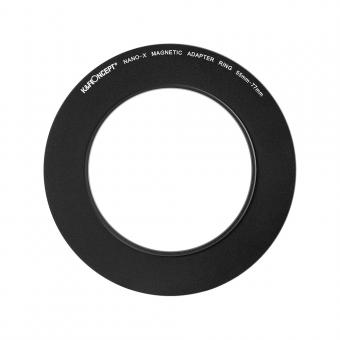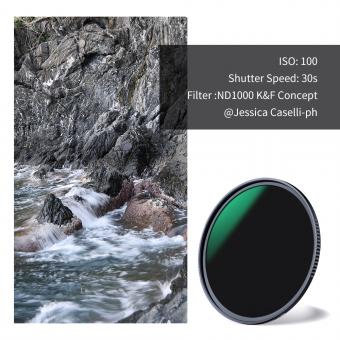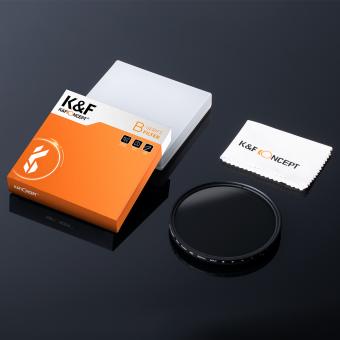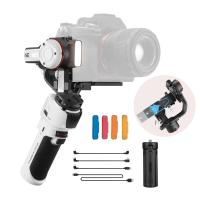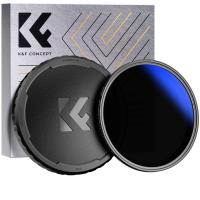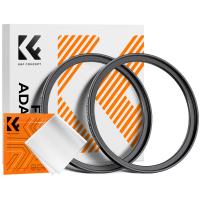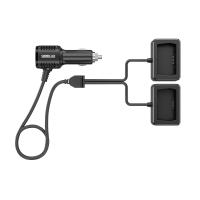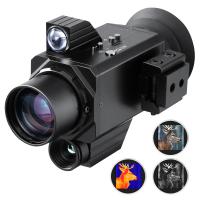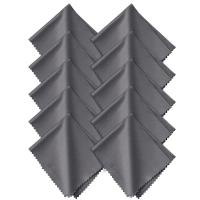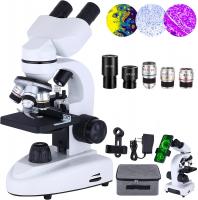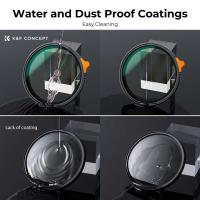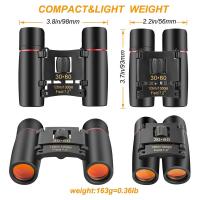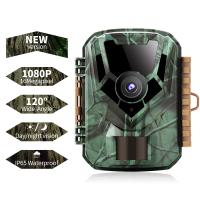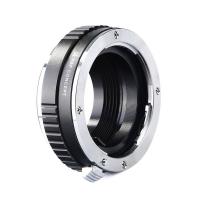What Are Filters For Camera Lenses ?
Filters for camera lenses are optical accessories that are attached to the front of a camera lens to modify or enhance the captured image. They come in various types and serve different purposes. Some common types of filters include:
1. UV Filters: These filters primarily serve as a protective layer for the lens, shielding it from dust, moisture, and scratches. They also help reduce the bluish cast that can occur when shooting in bright sunlight.
2. Polarizing Filters: These filters are used to reduce glare and reflections from non-metallic surfaces such as water or glass. They also enhance color saturation and contrast, resulting in more vibrant and detailed images.
3. Neutral Density (ND) Filters: ND filters reduce the amount of light entering the lens without affecting the color or contrast of the image. They are useful in situations where a slower shutter speed or wider aperture is desired, such as capturing motion blur or achieving a shallow depth of field in bright conditions.
4. Graduated Neutral Density (GND) Filters: GND filters have a gradient of density, with one half being clear and the other half being neutral density. They are commonly used in landscape photography to balance the exposure between the bright sky and darker foreground, preventing overexposure.
These are just a few examples of the many filters available for camera lenses, each serving a specific purpose to enhance the photographer's creative vision.
1、 Optical Filters: Enhancing or altering light transmission for specific effects.
Optical filters for camera lenses are accessories that are used to enhance or alter the transmission of light for specific effects. These filters are made of high-quality glass or resin and are designed to be attached to the front of a camera lens. They can be used to manipulate the colors, contrast, and overall appearance of a photograph.
Filters are commonly used in photography to achieve various creative effects. For example, a polarizing filter can reduce glare and reflections from non-metallic surfaces, resulting in more saturated colors and increased contrast. Neutral density filters, on the other hand, reduce the amount of light entering the lens, allowing for longer exposures or wider apertures in bright conditions. This can be useful for capturing motion blur or achieving a shallow depth of field in bright daylight.
In addition to these traditional filters, there are also specialized filters available. Infrared filters, for instance, block visible light and allow only infrared light to pass through, resulting in unique and surreal images. Graduated neutral density filters are used to balance the exposure between a bright sky and a darker foreground, particularly in landscape photography.
With advancements in digital photography, some argue that the need for physical filters has diminished. Many of the effects that filters provide can now be achieved through post-processing software. However, there are still certain effects that are best achieved in-camera, such as long exposure photography or capturing specific wavelengths of light.
In conclusion, optical filters for camera lenses are tools that photographers use to enhance or alter the transmission of light for specific effects. While the need for physical filters may have diminished with digital advancements, they still offer unique and creative possibilities that cannot always be replicated in post-processing.
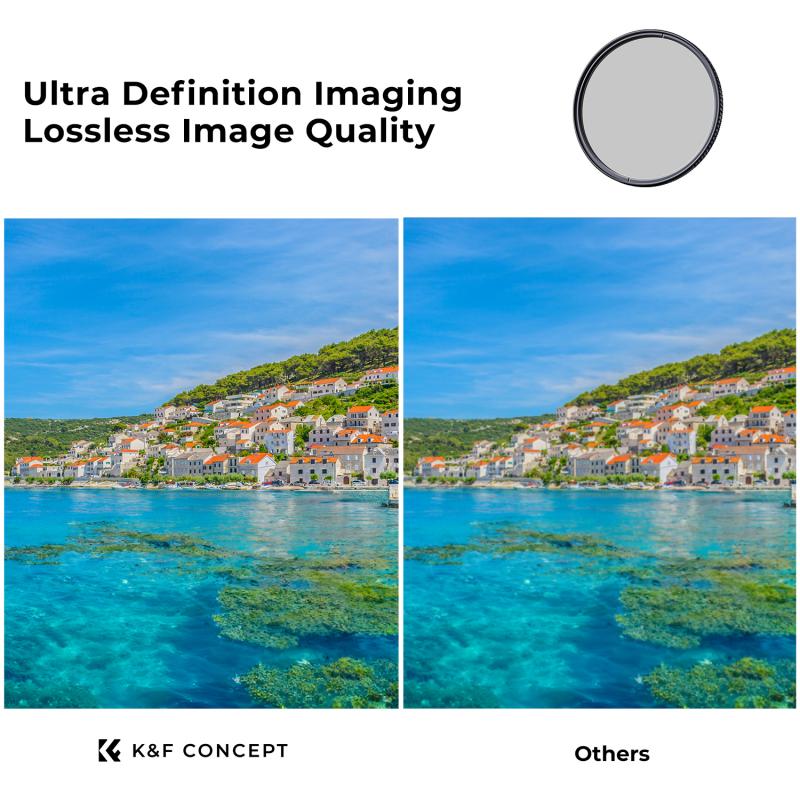
2、 UV Filters: Reducing ultraviolet light and protecting the lens.
Filters for camera lenses are accessories that are attached to the front of the lens to modify or enhance the image being captured. One common type of filter is the UV filter, which is designed to reduce ultraviolet light and protect the lens.
UV filters are transparent filters that block ultraviolet light from entering the camera lens. Ultraviolet light can cause hazy and blurry images, especially in outdoor photography. By reducing the amount of UV light that reaches the lens, UV filters help to improve image clarity and sharpness.
In addition to improving image quality, UV filters also serve as a protective barrier for the lens. They act as a shield against dust, moisture, and scratches, preventing potential damage to the lens itself. This is particularly useful in outdoor photography where the lens is exposed to various elements.
However, there has been some debate among photographers about the necessity of UV filters in the digital age. Some argue that modern digital cameras already have built-in UV filters, making additional UV filters redundant. Others believe that UV filters still offer some level of protection and can be useful in certain situations.
Ultimately, the decision to use a UV filter depends on personal preference and the specific shooting conditions. While they may not be essential for every photographer, UV filters can still provide added protection and potentially improve image quality, especially in bright outdoor environments.
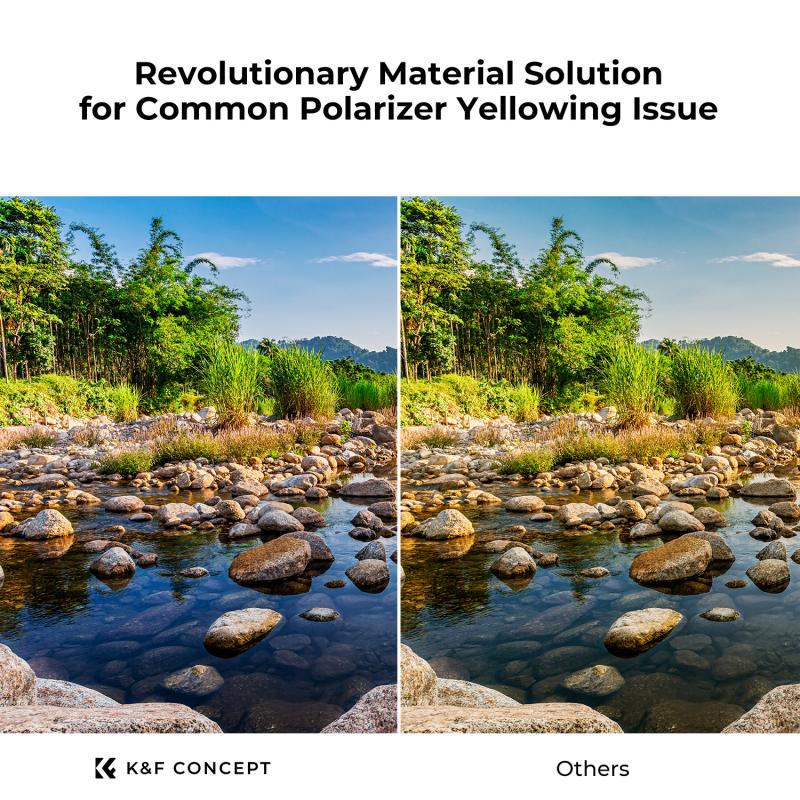
3、 Polarizing Filters: Minimizing reflections and enhancing color saturation.
Filters for camera lenses are accessories that are used to modify the light entering the camera and ultimately affect the final image. One common type of filter is the polarizing filter.
Polarizing filters are designed to minimize reflections and enhance color saturation in photographs. They work by selectively blocking certain polarized light waves, reducing glare and unwanted reflections from non-metallic surfaces such as water or glass. This results in clearer, more vibrant images with improved contrast and color saturation.
By reducing reflections, polarizing filters can also help to reveal details that may otherwise be obscured. For example, when photographing a landscape with a polarizing filter, the filter can help to bring out the colors of the sky and foliage, making the image more visually appealing.
In addition to their practical benefits, polarizing filters also offer creative possibilities. They can be used to intensify the blue of the sky, make clouds stand out more, or even create interesting effects with water reflections. Photographers often use polarizing filters in landscape, nature, and architectural photography to enhance the overall quality of their images.
From a latest point of view, polarizing filters continue to be widely used by photographers, both amateurs and professionals alike. With advancements in technology, filters are now available in various sizes and types to fit different camera lenses. Additionally, some cameras even have built-in digital filters that mimic the effects of traditional polarizing filters.
Overall, polarizing filters are an essential tool for photographers looking to improve the quality of their images by reducing reflections and enhancing color saturation. They offer both practical benefits and creative possibilities, making them a valuable accessory for any photographer's toolkit.
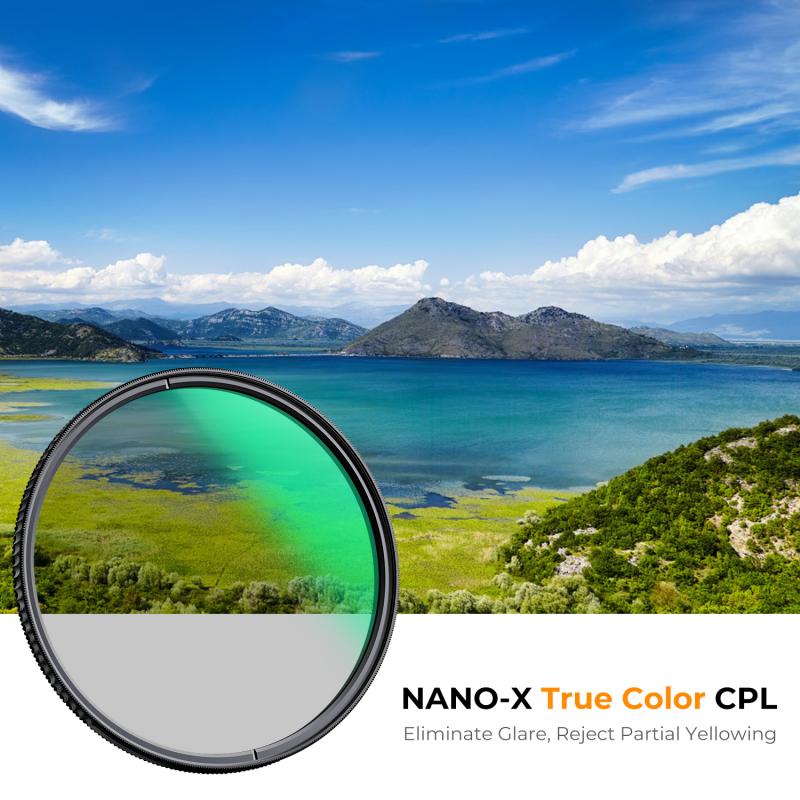
4、 Neutral Density Filters: Reducing the amount of light entering the lens.
Neutral density filters are essential tools for photographers and videographers alike. These filters are designed to reduce the amount of light entering the camera lens without affecting the color or contrast of the image. They achieve this by evenly darkening the entire frame, allowing for greater control over exposure settings.
One of the primary uses of neutral density filters is to achieve longer exposure times. By reducing the amount of light, these filters enable photographers to capture motion blur in situations where there is an abundance of light. For example, when photographing a waterfall during the day, the excess light can result in a fast shutter speed, freezing the motion of the water. By using a neutral density filter, the photographer can slow down the shutter speed, creating a smooth and silky effect on the flowing water.
Neutral density filters also come in handy when shooting in bright conditions. In situations where the available light is too intense, such as a sunny day at the beach, these filters allow photographers to use wider apertures or slower shutter speeds without overexposing the image. This flexibility is particularly useful for achieving shallow depth of field or capturing motion in bright daylight.
Moreover, neutral density filters can be used creatively to achieve unique effects. For instance, they can be employed to capture long-exposure shots of busy city streets, where moving vehicles and people become blurred streaks against a static background. Additionally, these filters can be used to capture the movement of clouds or create a sense of motion in landscape photography.
In recent years, neutral density filters have gained popularity among videographers as well. They are used to achieve a cinematic look by allowing for a shallow depth of field and motion blur in videos. Additionally, they help maintain consistent exposure when shooting in changing lighting conditions, such as moving from indoors to outdoors.
In conclusion, neutral density filters are essential accessories for camera lenses. They provide photographers and videographers with greater control over exposure settings, allowing for creative effects and overcoming challenges posed by bright lighting conditions.
